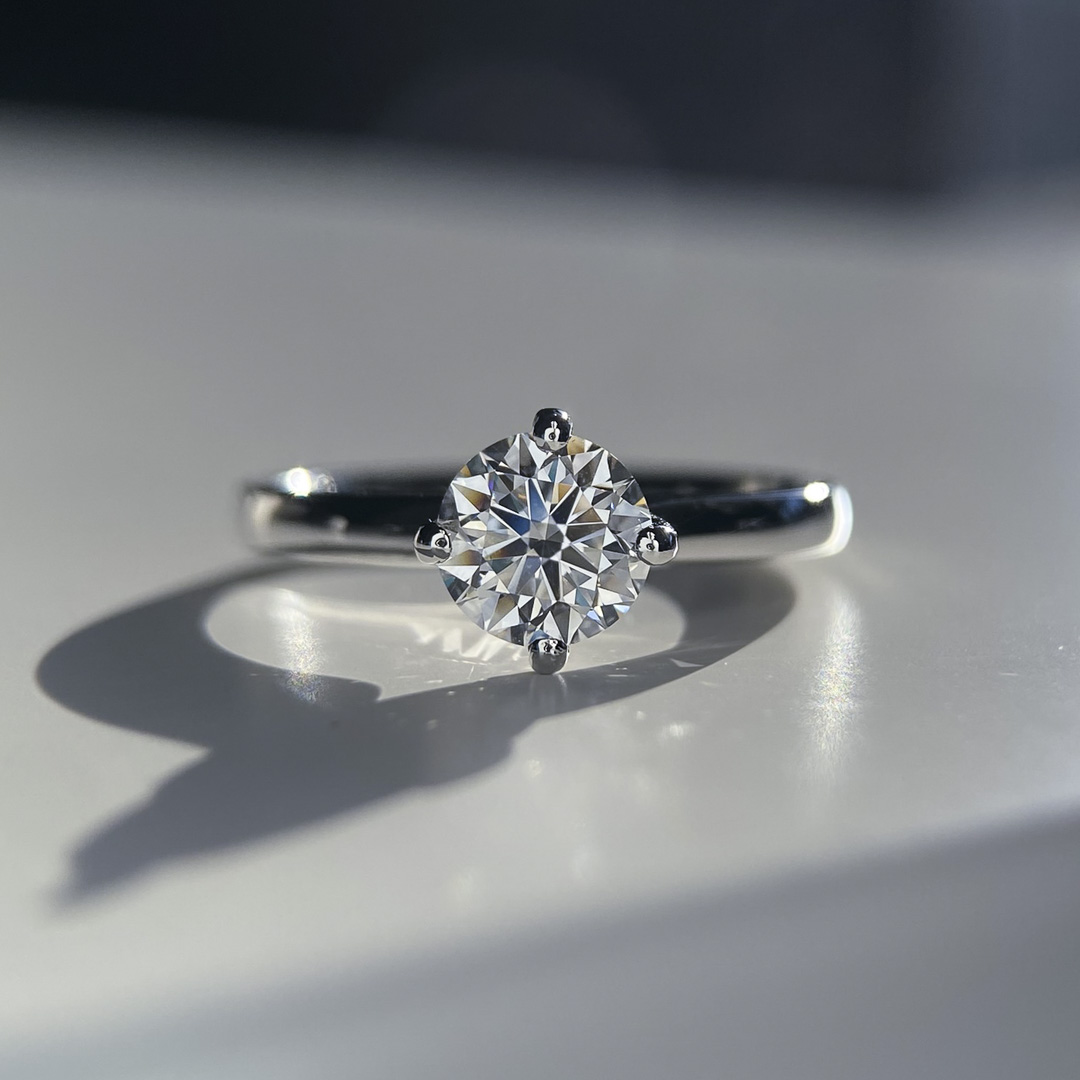The Rise of Lab-Grown Diamond Jewelry
3 min read
In recent years, the jewelry industry has undergone a remarkable transformation with the emergence of lab-grown diamonds. These diamonds, created through advanced technological processes, offer an ethical, sustainable, and often more affordable alternative to traditionally mined diamonds. As consumer awareness grows, so does the popularity of lab grown diamond jewellery, challenging the long-standing perceptions of luxury and value.
What Are Lab-Grown Diamonds?
Lab-grown diamonds, also known as synthetic or cultured diamonds, are real diamonds that are produced in controlled environments using two primary methods: High Pressure High Temperature (HPHT) and Chemical Vapor Deposition (CVD). Both methods replicate the natural processes that create diamonds deep within the Earth, resulting in gems that are chemically, physically, and optically identical to their mined counterparts.
Benefits of Lab-Grown Diamonds
One of the primary drivers behind the rise of lab-grown diamonds is the ethical concerns surrounding mined diamonds. The diamond mining industry has been associated with human rights abuses, environmental degradation, and the financing of conflict. Lab-grown diamonds provide consumers with an ethically sourced option, as they are produced without the negative impacts of mining.
Furthermore, the environmental footprint of lab-grown diamonds is significantly lower than that of mined diamonds. While mining operations can result in deforestation, habitat destruction, and pollution, lab-grown diamonds require fewer natural resources and generate less waste. This aspect resonates strongly with environmentally conscious consumers.
Another significant advantage of lab-grown diamonds is affordability. These diamonds typically cost 20 to 40 percent less than their mined counterparts. This price difference allows consumers to purchase larger or higher-quality stones without breaking the bank. As more jewelers begin to offer lab-grown options, prices are expected to stabilize, making them an increasingly attractive choice for budget-conscious buyers.
Lab-grown diamonds also provide a greater degree of customization compared to traditional jewelers. Many companies that specialize in lab-grown diamonds allow consumers to select the size, shape, and even specific characteristics of the diamond. This flexibility results in unique pieces that reflect personal style, catering to the modern consumer’s desire for individuality in their jewelry.
The Jewelry Market and Lab-Grown Diamonds
The demand for lab-grown diamonds has surged, particularly among millennials and Gen Z consumers who prioritize sustainability and ethical sourcing in their purchasing decisions. This demographic is increasingly seeking alternatives that align with their values, driving a shift in the jewelry market toward lab-grown options.
Jewelry Trends
Lab-grown diamonds are becoming increasingly popular for engagement rings. Couples are drawn to the idea of starting their lives together with a diamond that has minimal environmental impact and a lower price point. Jewelers are responding to this trend by creating stunning, modern designs that feature lab-grown stones.
Beyond engagement rings, lab diamonds are also making waves in the fashion jewelry sector. From earrings to necklaces, these diamonds are being incorporated into various styles, allowing consumers to enjoy the beauty and brilliance of diamonds without the ethical and environmental concerns associated with traditional mining.
Conclusion
As lab-grown diamonds continue to gain traction in the jewelry market, they represent a shift toward more ethical and sustainable practices. With their affordability, customization options, and environmental benefits, lab-grown diamond jewelry is poised to reshape consumer attitudes about luxury. As awareness and acceptance grow, lab-grown diamonds are not just a trend; they are becoming a new standard in the world of fine jewelry.






